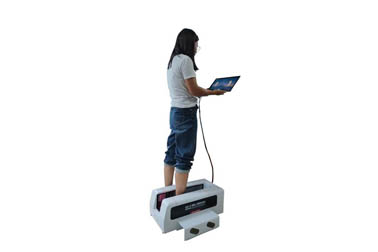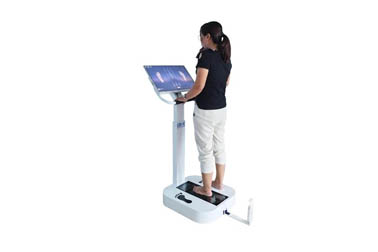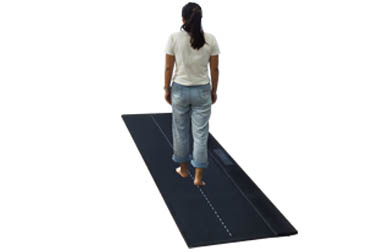The scanning speed of a 3D foot scanner indeed affects data accuracy, but this impact is not simply a matter of "slower is more accurate" or "faster is worse." Instead, it is closely related to the scanning technology type, device performance, and application scenario.
Scientifically understanding this relationship helps in more reasonably assessing the reliability of scanning results.
1. Fast Scanning: Prioritizing Efficiency, Possibly Sacrificing Detail
Many commercial 3D foot scanners on the market emphasize "second-level scanning," capable of completing 3D modeling of one or even both feet within 3–5 seconds.
This high-speed scanning typically relies on rapid projection technologies such as structured light or laser, completing data acquisition through one or a few grating projections. The advantages include a better user experience and suitability for high-traffic environments (e.g., shoe stores, exhibitions). However, drawbacks also exist:
Lower data density: Fast scanning may reduce the number of sampling points, resulting in sparse point clouds and less precise reconstruction of fine details (e.g., arch curvature, toe shape).
Susceptibility to motion interference: If the subject moves slightly during scanning (e.g., shifting weight, muscle tremor), high-speed acquisition may fail to effectively filter out noise, leading to model distortion or local inaccuracies.
Reliance on algorithms to fill blind spots: To increase speed, some devices skip direct scanning of areas like the medial sole or under the arch, instead using algorithms to "predict" the shape, which compromises authenticity.
Therefore, in speed-focused scenarios, scan results may be suitable for general dimensional measurements, but may have limitations for high-precision orthotics or medical evaluations.
2. Slow Scanning: Detailed Acquisition, Enhancing Data Quality
Some professional-grade devices use multi-angle slow scanning or continuous dynamic scanning modes, taking 10–20 seconds or longer. This approach allows the system ample time for multi-frame data capture, noise filtering, and point cloud fusion, offering clear advantages:
Higher point cloud density: More sampling points enable finer surface reconstruction, clearly revealing subtle undulations and contour variations of the foot.
Stronger anti-interference capability: Techniques like multi-frame averaging or dynamic compensation algorithms effectively reduce errors caused by minor movements.
More complete data coverage: Slower scanning allows light to penetrate deeper into the arch area, reducing blind spots and improving model completeness.
This type of scanning is better suited for high-precision applications such as medical rehabilitation and custom orthotic insole production.
3. Technological Advancements Are Bridging the Speed-Accuracy Gap
With improvements in hardware performance and AI algorithm optimization, many new scanners have achieved a balance between "high speed" and "high precision."
For example, combining high-speed cameras with high-brightness LED lighting enables multi-frame capture within milliseconds; intelligent algorithms can real-time detect and correct motion artifacts, maintaining speed without sacrificing accuracy.

 +86-0755-86131192
+86-0755-86131192 2025-09-16
2025-09-16 Back to list
Back to list








 +86-0755-86131192
+86-0755-86131192